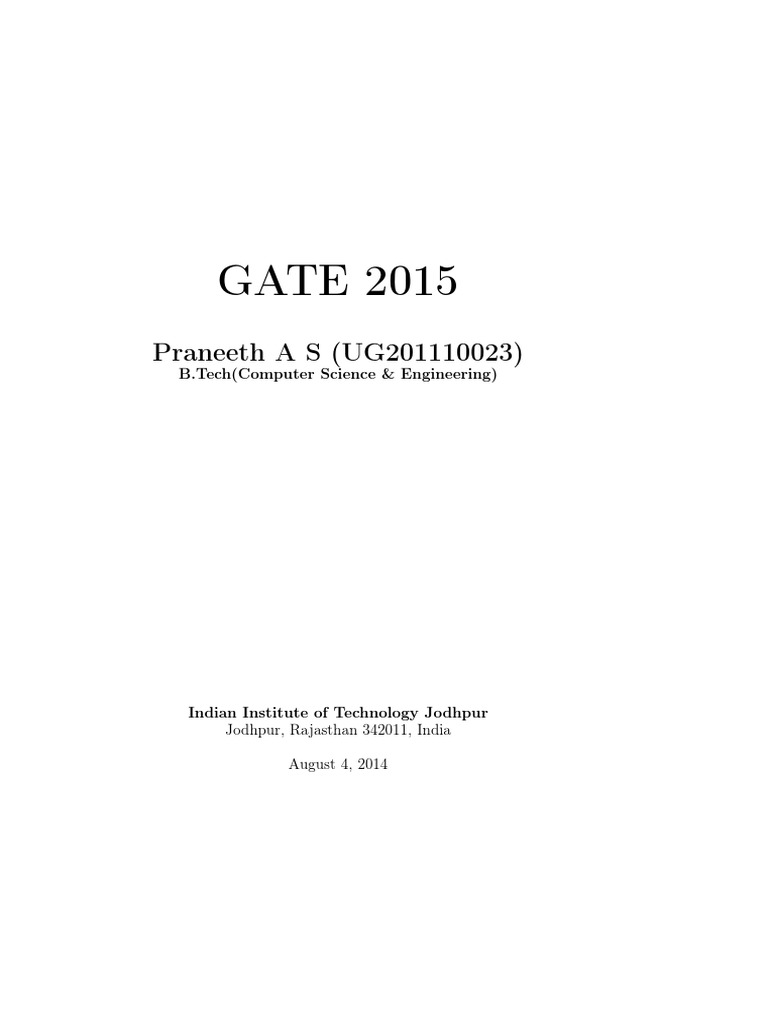

These strategies assist students in visualising the numbers. You can then move on to representing the numbers using unifix cubes in sticks as tens and loose blocks as ones. You can record students’ strategies as they are explaining what they are doing.
#Music math subtract and addition how to#
This activity assists students in understanding the place value of tens and ones and how to re-unitise numbers. grouping all the tens together then adding the ones, they will be able to make an extra ten from the 4 and 7, so the student with seven fingers up changes to ten (and joins the other tens) and the student with four changes to one. Students then discuss how to add the numbers e.g. Do the same for another two-digit number e.g. Students soon realise they will need two others to help them. Students are asked to come out the front and make a two-digit number e.g. In pairs students make the number and record their combination. Write a number on the board (less than 20). Students explain strategies for their addition. Students find today's date on the calendar, count how many days until the end of the month and work out the date 10 days later. The third dice will provide opportunities for students to look for doubles, or friends of ten or to use known facts. This activity can be played using subtraction and can be extended by changing the dice to eight- or ten-sided dice or by adding in a third dice. Students share strategies for adding the numbers together. This is a whole class activity where students sit in a circle and two six-sided dice are thrown. They are an opportunity to repeat skills that need to be practised. Short, focused, frequent activities are great ways to start or conclude a mathematics lesson.

View/print – think board template (PDF 37.99KB) Activity 2 – warm up activities To focus on the language, provide students with the number sentence and ask them to write a story to match.Students can then draw a picture of the story, use objects such as counters or play dough to create and work out the problem, then record a number sentence that matches the story.For example, the teacher can supply the story “Mary had five oranges, Tom took two away, how many oranges does Mary have left?”.A process for understanding mathematics by Sue Gunningham (PDF 422.58KB).The Herrington Think Board is one way to organise and solve problems with students that also focuses on the language of mathematics.

This will also provide students with opportunities to look at the whole number, not just the digits, assisting students with estimating the solution. 34 + 49 =, this assists students in reading the numbers from left to right and will develop their understanding of place value and of how to read numbers. It is important to present number sentence problems to students horizontally e.g. The following activities assist students in making connections between counting and addition and subtraction strategies and provide students with opportunities to demonstrate their understanding of place value and how numbers can be combined and partitioned. In Stage 1 the syllabus focuses on developing a range of mental strategies and informal recording methods for addition and subtraction. Students need opportunities to both pose and solve problems in addition and subtraction. They also need to record number sentences using drawings, numerals, symbols and words. Students need to recognise and use the terms ‘add’, ‘plus’, ‘is equal to’, ‘take away’, ‘minus’ and ‘the difference between’ to describe addition and subtraction. use the language of addition and subtraction.record number sentences using drawings, numerals, symbols and words.use a range of informal recording methods for addition and subtraction including jump and split strategies.use a range of mental strategies including counting on from, counting back from, counting on and back, doubles, near doubles, bridging to ten.Use a range of mental strategies including counting on from, counting back from, counting on and back, doubles, near doubles, bridging to ten use a range of informal recording methods for addition and subtraction including jump and split strategies record number sentences using drawings, numerals symbols and words use the language of addition and subtraction.


 0 kommentar(er)
0 kommentar(er)
